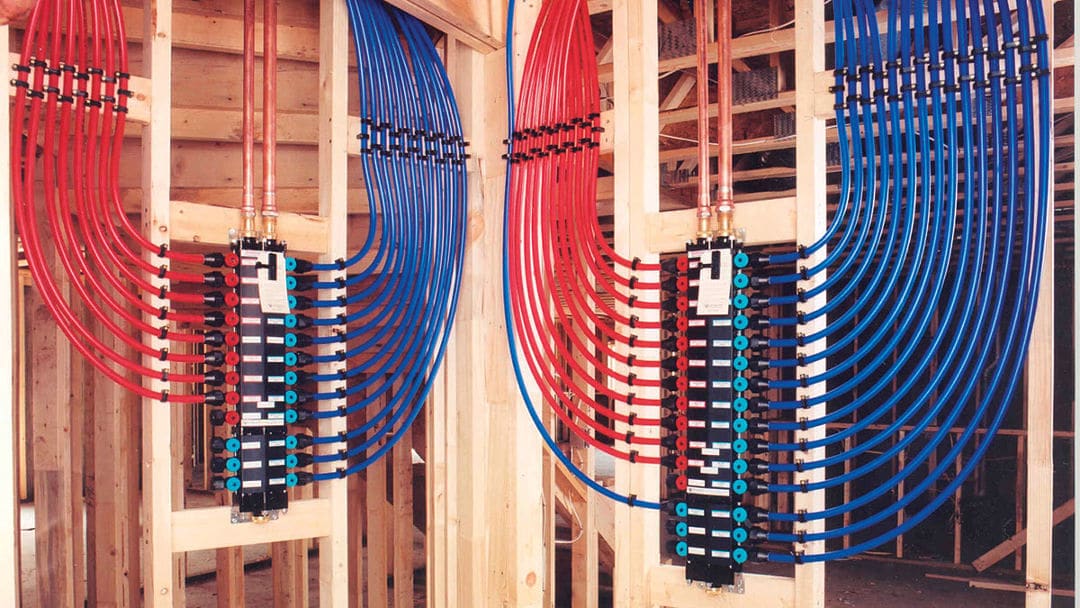For the majority of people who are on their path to master independent plumbing or ones who have ever talked to a plumber in person, it is extremely likely to know the term PEX plumbing. It may be taken as something serious and professional, something which is unreachable to a usual plumbing equipment installer. However, it is a glaring mistake! Read our article to find out why PEX plumbing is better to use when trying to set a new plumbing system by yourself.
PEX is decrypted as Cross-Linked Polyethylene. It means that PEX pipes are just plumbing equipment made from plastic polyethylene already prepared for the final installation and further use.
PEX pipes are considered to be a great alternative to galvanized steel, copper, PVC, and CPVC pipes. Their most powerful benefit is that you can do anything with them, including twisting, folding, even smashing, but they will return to their original shape. That feature lets the beginning plumbers try every maneuver while setting up the system and still stay safe with no damage to the pipes. However, pro-level plumbers can mix the materials and use PEX pipes to repair cooper or steel water drainage systems.
It is extremely convenient that PEX pipes are also widely used not only for plumbing affairs but also for cooling, radiant heating, isolating, and multipurpose fire systems.
Before trying to apply PEX equipment by yourself, contact your developer or plumbing master in order to know whether this material is plausible in your house!
As mentioned before, PEX equipment can be mixed with the pipes of other materials. But firstly let’s figure out how to connect the pipes made only with PEX. Note that some of the approaches require supplementary equipment.
Remember to label the installed pipes, at least every 5 feet of the line must be labeled with the following information:
The main water line is supplied with a common three-quarter inch in diameter PEX pipe. It is usually connected to the general water heater or a cold water tube. But according to most states’ plumbing codes, the first 18 inches of the connection should be supplied with non-PEX pipes.
However, the majority of usual PEX users will only need half-inch diameter pipes. These are used inside the house by connecting the main tube with the taps.
What is about the length, PEX tubes can be found almost in any home center, and are cut according to your desire. The common length of the purchased section is from 100 to 500 feet. Moreover, you can always cut it at home without special tools for more convenient usage.
For sure, everyone decides for themselves, but we recommend trying installing PEX plumbing with the help of a pro. Many advantages of that system were listed above but note again that except for an easy installation process and color-coding, it also provides the material and labor cheapness. All in all, you will always know how the water supply at your house works, where a potential problem may occur, and how to fix it in the case of the appearance!
I bring over 9 years of dedicated plumbing experience to the table. As a seasoned professional in the plumbing industry, I've tackled a wide range of projects, from residential repairs to large-scale commercial installations.

